You know Mother Nature is magnificent when she grows her own jewellery. Since the dawn of time, flowers have been known to personify a number of human ideas and emotions. Reflecting the perfect beauty of the natural world, flowers can sometimes symbolize other things as well. In fact, flowers are used to this day to both signify and decorate, which is why knowing their meanings is so important.

Without understanding the hidden symbolism behind each of the most commonly grown or exchanged flowers, you could end up sending the wrong message. For instance, did you know that the carnation is typically used to signify death, longing, and despair? That would not be the right flower to send to a loved one, unless, of course, it was for their funeral.
It doesn’t matter if you are alive or dead, rich or poor, blind or sighted, flowers are amazingly pleasurable and can instantly change a person’s perspective. That is why creating the right perspective is so vital. The gifts of nature are many, but we must learn to use them in the right way and respect them for the organic jewels they are.
Exploring the Different Types of Flowers and Their Respective Symbolism
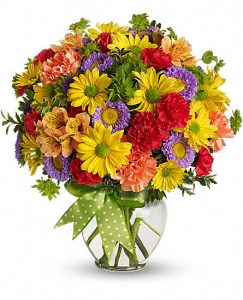
In order to cover the symbolic meaning of every flower on the planet, which totals more than 270,000 different types, this article would have to be a book. Instead, the most basic blooms are discussed here in the interest of timeliness and brevity. However, each catalogued species of flower on planet Earth has earned a symbolic badge or two. For more information on the specific meaning of more exotic varieties, you are urged to do your own research.
The following 30 flowers are some of the world’s most beloved and symbolically agreed-upon blossoms, which is why they are listed below. Around the world, each symbolic definition varies slightly. After the initial list, there are 10 additional flower species listed that are not as popular but still represent strong symbolism, and are therefore used on special occasions worldwide.
1. Acacia – represents hidden or concealed love, or something platonic
2. Aster – represents shared love and affection, sometimes daintiness
3. Azalea – represents transient or fleeting passion, also fragility
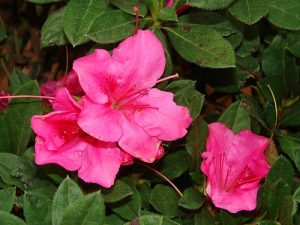
4. Baby’s Breath – represents overall happiness and youthful exuberance
5. Buttercup – represents childish tendencies and young energy
6. Carnation – represents different things depends on its colour, generally used to symbolize constancy and a warming or remembering spirit.
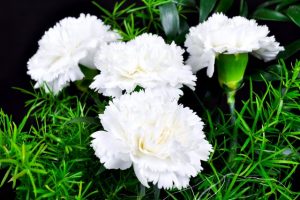
7. Chrysanthemum – represents remarkable and strong friendships or familial bonds
8. Daffodil – represents unrequited love and the anticipation of attention
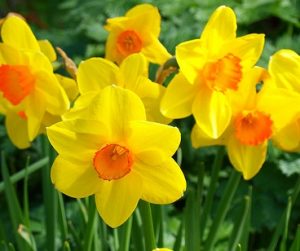
9. Daisy – represents having a certain inherent gentleness and grace or innocence
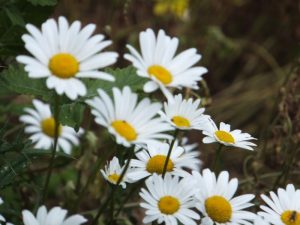
10. Day Lily – represents the mother
11. Forget-Me-Not – represents memories, faithfulness, and fidelity
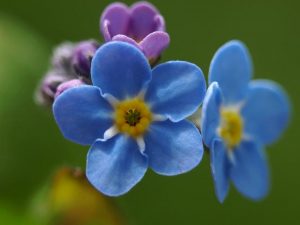
12. Gardenia – represents the harboring of a secret love
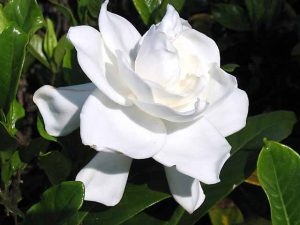
13. Geranium – represents the choosing of a specific preference
14. Gladiolus – represents fortitude of character and morals
15. Honeysuckle – represents a sweet disposition or personality
16. Hyacinth – represents jealousy, loneliness, and sorrow
17. Jasmine – represents cheerfulness, being holly, glee, and friendliness
18. Lily – represents different things based on the colour such as beauty and purity but also disdain and hatred

19. Lilac – represents the question of whether love is requited
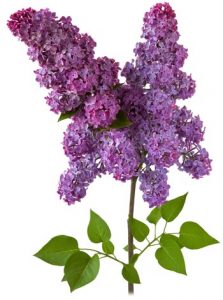
20. Marigold – represents the affection and favour of the Gods, also cruelty, jealousy, and tremendous grief
21. Orchid – represents refinement, magnificence, and allure
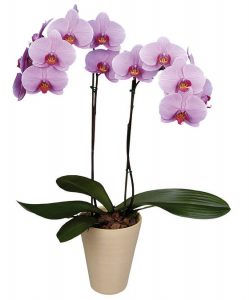
22. Peony – represents healing, marriage, and homosexuality
23. Queen Ann’s Lace – represents fantasy and whimsy
24. Rose – represents different things based on its colour as well, generally love, passion, power, admiration, and abundance
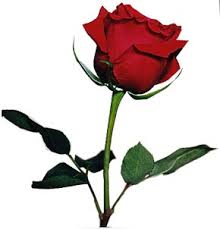
25. Sunflower – represents devotion and/or paying homage to someone or something
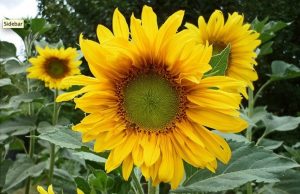
26. Tiger Lily – represents wealth, pride, and copiousness
27. Tuberose – represents prideful and dangerous amorous encounters, cheating, infidelity
28. Tulip – represents the perfect partner, companion, or lover
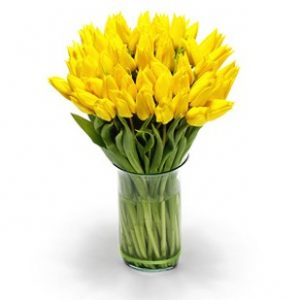
29. Violet – represents modesty and effortlessness
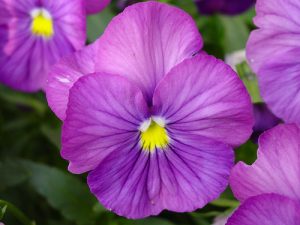
30. Wisteria – represents youthfulness, poetic proficiency, and wistfulness
While there are literally thousands are different flowers in nature, and many of them have numerous types and colours, the basics have been more or less covered. However, there are some flower species that don’t quite get the attention they deserve. Whether giving flowers as a gift, selling them as a product, or using them as a decoration, cut flower symbolism is important to know. Even for the following species, which are not as commercially traded as some of the others, having a basic knowledge of their meanings can come in handy.
31. Dahlia – represents having impeccable taste
32. Dandelion – represents time, love, happiness, patience, and faithfulness
33. Hibiscus – represents a slight and delicate beauty, tropical essence, smoothness
34. Iris – represents valour, wisdom, faith, and friendship
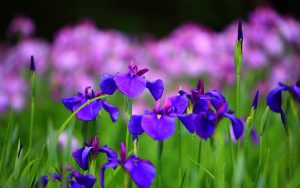
35. Lotus – represents mystery and the discovery of truth
36. Magnolia – represents dignity and splendour
37. Mimosa – represents sensitivity and fragility
38. Pansy – represents recollection of positive memories, thoughtfulness, and divine intervention
39. Petunia – represents resentment, anger, deceit, and rage
40. Poinsettia – represents good cheer and seasonal prosperity

As you can see, picking the wrong flower for the wrong occasion can be disastrous, especially if the receiver is well versed in flower symbolism. Since the meanings of flowers are pre-existing belief systems that have been around for quite some time, changing their symbolism would be virtually impossible. Instead of trying to make flowers fit in with your ideals, perhaps it is time to allow your ideals to fit in with what nature and mankind have deemed sensible.
The Importance of Using Flower Symbolism to Your Advantage
When picking out your next bouquet of flowers to give, sell, plant, or display, be sure to consider its traditional meaning. Using cut flowers for funerals, weddings, anniversaries, birthdays, and other celebrations is common practice, but offering up the wrong species can lead to disappointment and embarrassment. On the contrary, giving the right blossoms at the right time can lead to the establishment of a beautiful relationship, whether platonic, professional, or passionate. The secret is to carefully choose your selection before you give it away. Most florists and gardening specialists can offer you helpful information regarding the special meanings behind each flower species. Still, it is quite helpful to already know that information prior to taking the first step.
